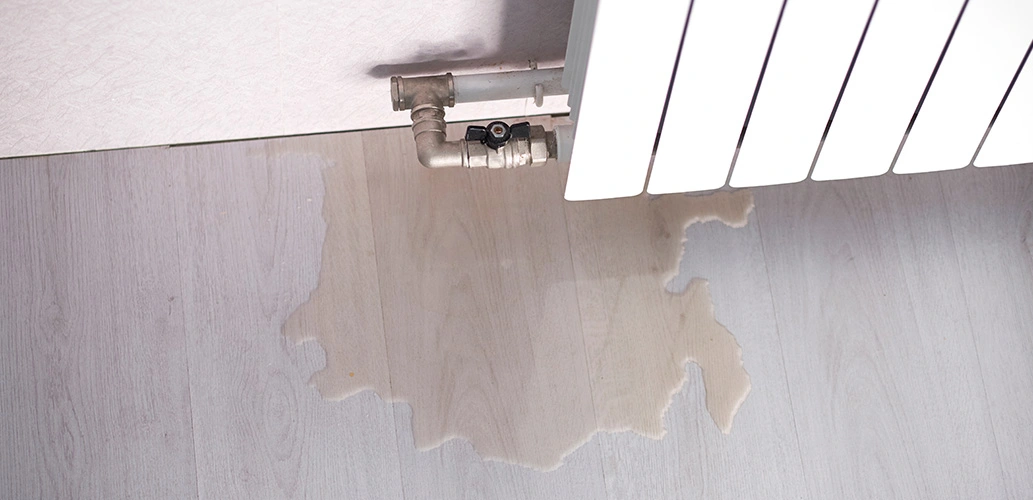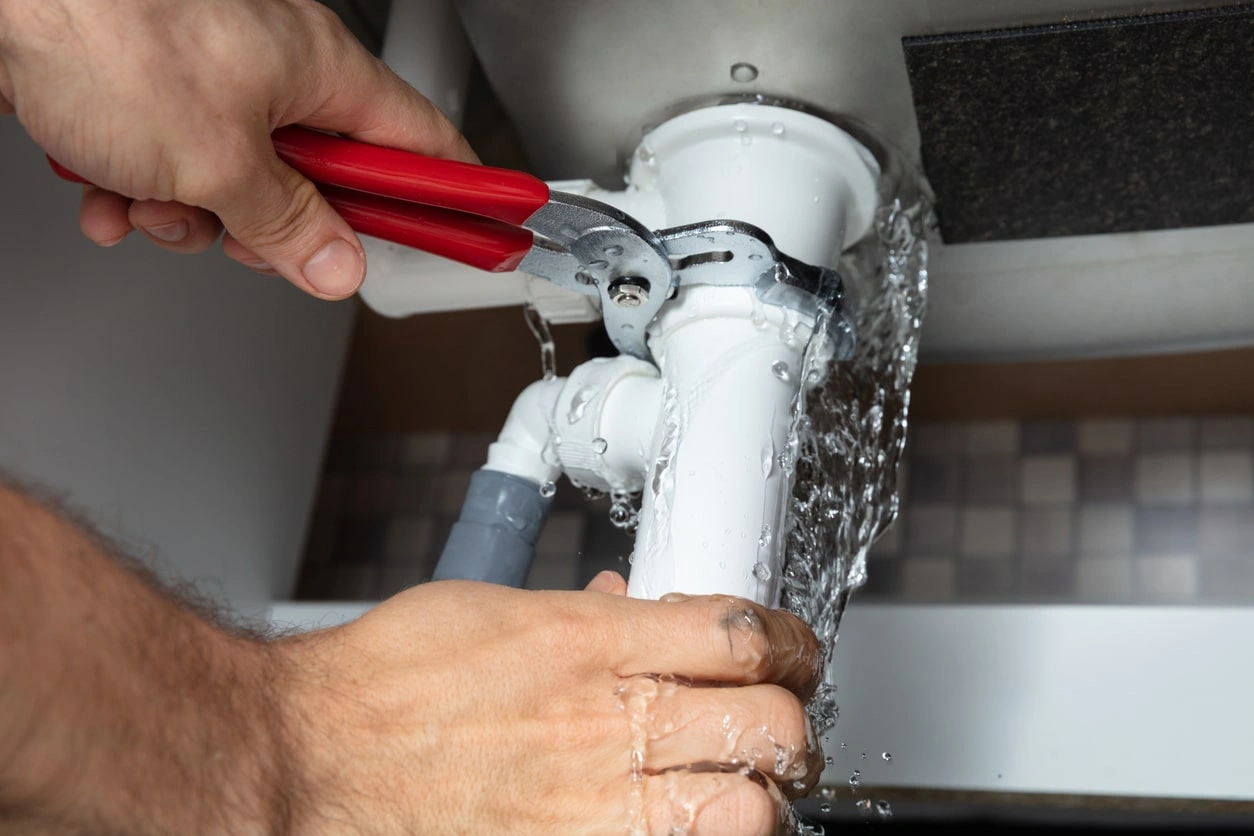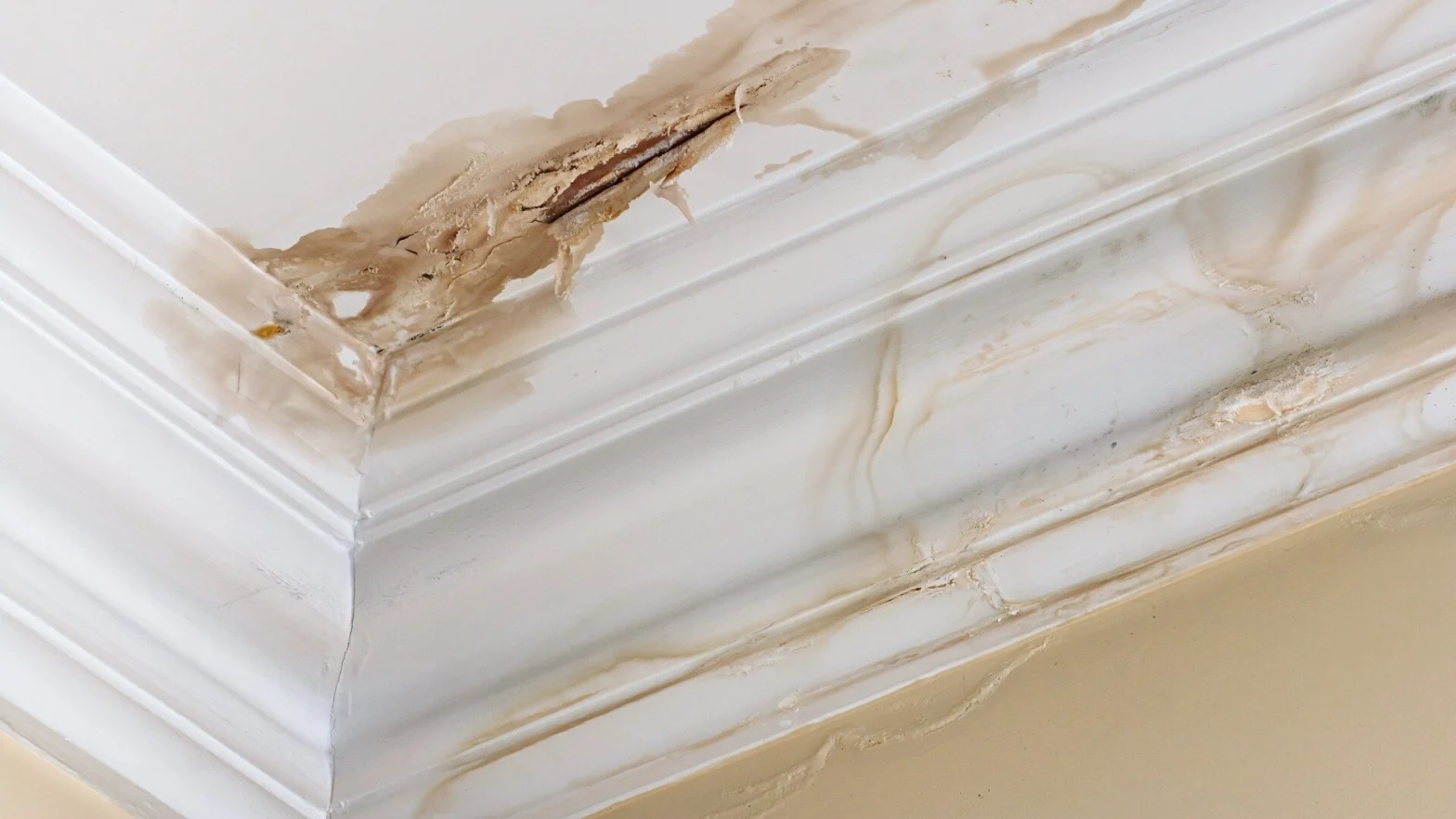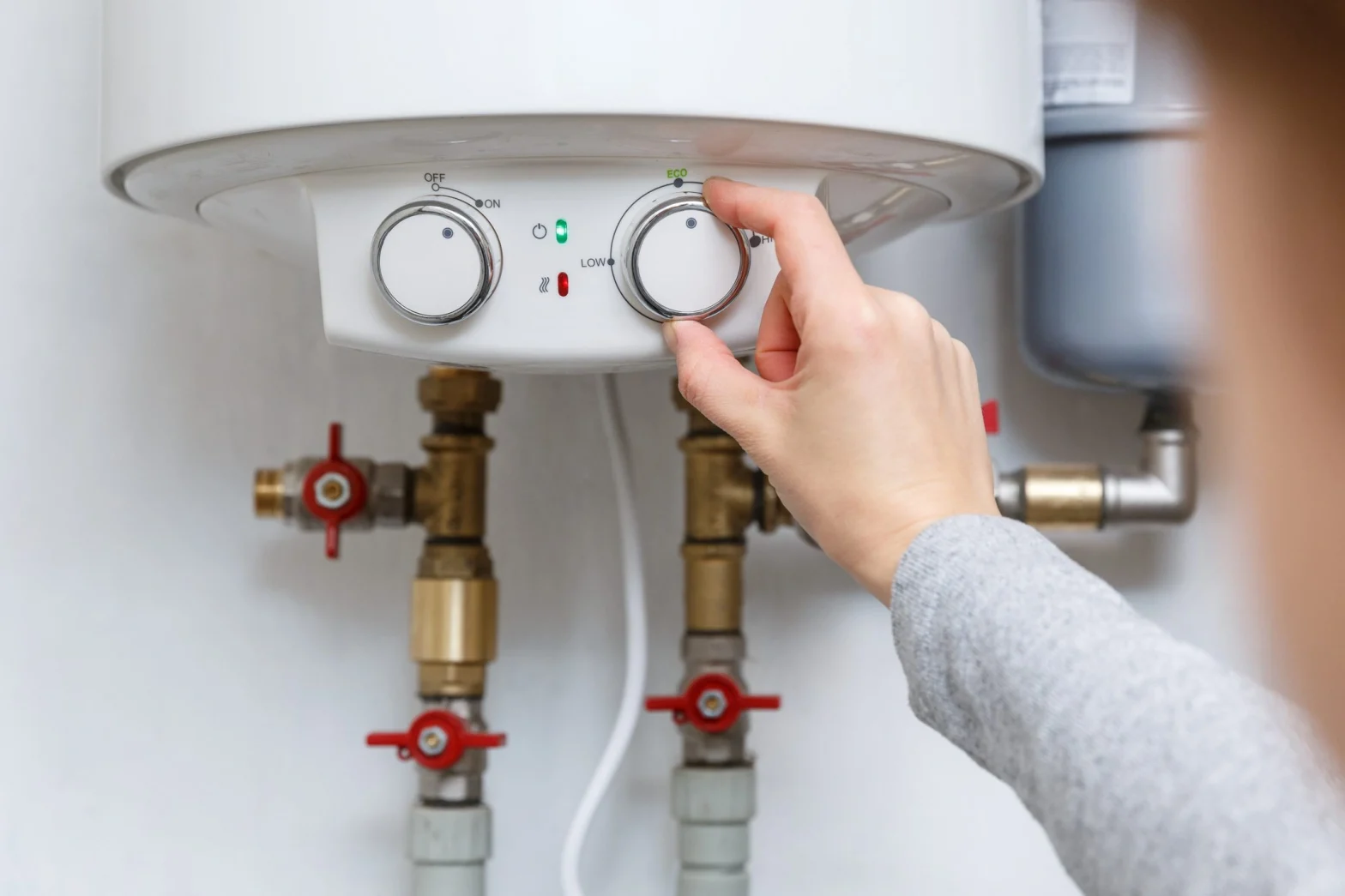How to Determine If a Water Leak Is Inside or Outside Your House
Have you ever noticed a sudden spike in your water bill or heard the mysterious sound of dripping water when everything is turned off? Leaks are more than just an annoyance—they can cost you hundreds of dollars and cause serious damage to your home.
The Environmental Protection Agency (EPA) estimates that the average American household wastes nearly 10,000 gallons of water yearly due to leaks. That’s enough to fill a swimming pool! If left untreated, hidden water damage can lead to mold growth, structural damage, and even foundation issues. You can stop these leaks in their tracks with the right tools and strategies. This blog post is your go-to guide for detecting and resolving water leaks around your home. We’ll walk you through everything from simple checks to advanced techniques so that you can stop those drips in their tracks.
1. The True Cost of Water Leaks
The Financial Drain
Water leaks may seem like a small issue, but their impact is far-reaching. Financially, they’re like silent money drainers. For instance, a constantly running toilet can waste up to 200 gallons daily, leading to a 10% increase in your monthly water bill. Fixing hidden water drips could save the average homeowner around $200 annually—money that’s better spent on something fun or useful!
Property Damage and Long-Term Risks
The risks to your home are just as significant. Water seepage can cause structural damage by weakening walls, ceilings, and floors. It also creates damp conditions that encourage mold growth, which is harmful to your health and can be expensive to remove. Over time, leaks can also lead to rotting wood, compromising the integrity of beams and flooring.
Environmental Impact Quantified
Environmentally, the stakes are even higher. With water scarcity becoming a global concern, every drop wasted due to leaks adds to the problem. Beyond that, wasted water translates to wasted energy since it takes energy to pump, heat, and treat the water we use. Fixing household water damage could collectively save 1 trillion gallons of water annually, enough to supply 11 million homes for a year. That’s a powerful reason to take leaks seriously.
2. How to Detect Water Leaks in Your Home
Detecting water leaks early can save you money and prevent significant damage to your home. Let’s break it down into a few simple methods.
Check Your Water Meter
Start by checking your water meter. This tool is one of the most reliable ways to confirm if you leak. First, turn off all water sources inside and outside your home, then locate your water meter. It’s usually found outside near the curb. Look at the flow indicator—this could be a spinning dial or a digital display. Wait about 30 minutes without using water and recheck the reading. If it’s changed, chances are there’s a leak somewhere in your system.
Visual Inspection: Signs of a Leak
Next, do a visual inspection of your home. Walk through each room and pay attention to any warning signs of a leak. Brownish stains on ceilings or walls might indicate a hidden pipe issue. If you notice peeling paint, warped walls, or musty smells, these could point to excess moisture and potential mold growth. Don’t forget to check under sinks and around appliances like dishwashers and washing machines for wet spots or puddles, which are often caused by leaky pipes or fittings.
Sometimes, you’ll hear a leak before you see it. Be alert for unusual hissing sounds near pipes, toilets, or appliances. The sound of running water when everything is turned off is another telltale sign. A neat trick is to use a screwdriver as a makeshift stethoscope. Place the metal tip against a pipe or fitting, press your ear to the handle, and listen closely for hissing or trickling sounds. It’s a surprisingly effective way to pinpoint more minor leaks.
3. Where Do Leaks Hide? Common Culprits
Toilet Leaks: The Silent Water Wasters
Water leaks often lurk in the most unexpected places, and knowing where to look can save you from significant water waste and costly repairs. Toilets, for example, are one of the biggest culprits. These silent water wasters account for nearly 30% of indoor water use, and a hidden leak can waste hundreds of gallons each day. Try adding a few drops of food coloring to the tank to check for a toilet leak. Wait about 15 minutes without flushing. If the color shows up in the bowl, you have a leak. Fixing it could be as simple as replacing the flapper or adjusting the fill valve to stop water from running continuously.
Faucet and Showerhead Drip
Faucets and showerheads are also common sources of leaks. Even a slow drip can waste thousands of gallons of water each year. To address this, inspect the connections and tighten any that are loose. Replacing worn washers and O-rings or adding Teflon tape to seals can often resolve the problem quickly.
Water Heater Leaks
Water heaters are another area to monitor. Check the pressure relief valve, as it’s a frequent spot for leaks. Look for any pooling water around the bottom of the tank or dripping from pipe connections. If you find a leak, it’s best to turn off the heater and call a plumber to avoid further damage.
Washing Machines and Dishwashers
Don’t overlook your washing machine and dishwasher. These appliances often have hidden hoses and connections that can loosen or crack over time. Inspect the hoses for signs of bulging or wear and tighten any loose connections. Consider replacing rubber hoses with more durable steel-braided ones for a long-term fix.
Finally, check your irrigation system and outdoor fixtures. Broken sprinkler heads or leaky valves can waste gallons of water without you realizing it. Running each station manually and observing for unusually damp spots in your yard can help you identify the source of the problem. Whether it’s indoors or outdoors, spotting leaks early can save water, money, and headaches.
4. Advanced Leak Detection Techniques
Advanced tools and techniques can help identify hidden leaks that might go unnoticed. Professionals often rely on acoustic leak detection to locate underground leaks. Using sensors to listen for sound variations in water flow, they can pinpoint seepage without digging or causing disruption.
Thermal imaging cameras are another powerful tool. These cameras detect temperature differences behind walls or under floors, which can indicate the presence of moisture. This non-invasive technique is beneficial for identifying leaks in hard-to-reach places.
For a modern and convenient solution, consider investing in smart leak detectors. These high-tech devices monitor your water usage in real-time and can send alerts to your phone when they detect unusual activity. Some models even come with automatic shut-off features, stopping the water flow to prevent damage if a leak is detected. Whether you choose to use professional leak detection services or innovative technology, these advanced methods can save you time, money, and stress.
5. DIY Fixes vs. When to Call a Plumber
When it comes to fixing water damage, some repairs are simple enough to handle on your own, while others require the expertise of a professional. Replacing toilet flappers, fixing leaky faucets, or sealing small pipe leaks with tape are straightforward tasks that most homeowners can tackle. These quick fixes save water and keep your utility bills in check.
However, sometimes calling a plumber is the safest and most effective option. Slab leaks, for instance—those underground seepage in concrete floors—often require specialized equipment to detect and repair. Despite fixing visible leaks, major pipe bursts or persistent high water bills are signs that a professional should step in. Additionally, water trapped inside cracked walls or ceilings can lead to significant structural damage if not handled properly. Don’t hesitate to call an expert to ensure the job is done right in these cases.
6. Preventing Future Leaks: Proactive Maintenance
Preventing leaks before they happen can save you from costly repairs and water waste in the long run. Regularly check under sinks, behind appliances, and near pipes for any signs of wear or moisture. Insulating pipes, especially in colder climates, helps prevent freezing and cracking during winter.
For added peace of mind, consider installing smart leak detectors. These devices monitor your water system in real-time, alerting your phone if a leak is detected. Some models even include automatic shut-off features to stop the water flow immediately. Finally, scheduling annual plumbing inspections is a smart way to catch potential issues early and keep your home’s plumbing in top shape.
Don’t Let a Drip Drain Your Wallet!
Water leaks aren’t just an inconvenience—they waste water, damage property, and cost you money. At Calis Choice, we specialize in finding and fixing hidden leaks with precision and efficiency. Our expertise ensures your home stays protected while helping you conserve valuable resources. Don’t wait for a small drip to turn into a big problem. Contact us today to get expert help and save money, water, and peace of mind!
Frequently Asked Questions (FAQ)
Q: How can I find a hidden water leak?
A: Hidden water leaks can often be detected by checking your water meter, listening for unusual sounds, or looking for telltale signs like mold growth, water stains, or damp areas.
Q: What’s the easiest way to fix a leaking faucet?
A: Fixing a leaking faucet is usually straightforward. You’ll need to replace the washer or inside the faucet. For added security, apply Teflon tape to ensure a tight seal..
Q: How much water can a small leak waste?
A: Even a small drip can waste an astonishing amount of water. For instance, a dripping faucet can waste over 3,000 gallons annually, while a running toilet might waste more than 200 gallons per day.
Q: What are smart water leak detectors?
A: Smart water leak detectors are Wi-Fi-enabled devices monitoring water usage. These gadgets send real-time alerts to your phone if they detect unusual activity, and some even have automatic shut-off capabilities to prevent damage..
Q: How often should I check for leaks?
A: Inspecting for leaks at least once a year is a good idea. However, if you notice sudden spikes in your water bill or damp spots in your home, act immediately to prevent further damage.








